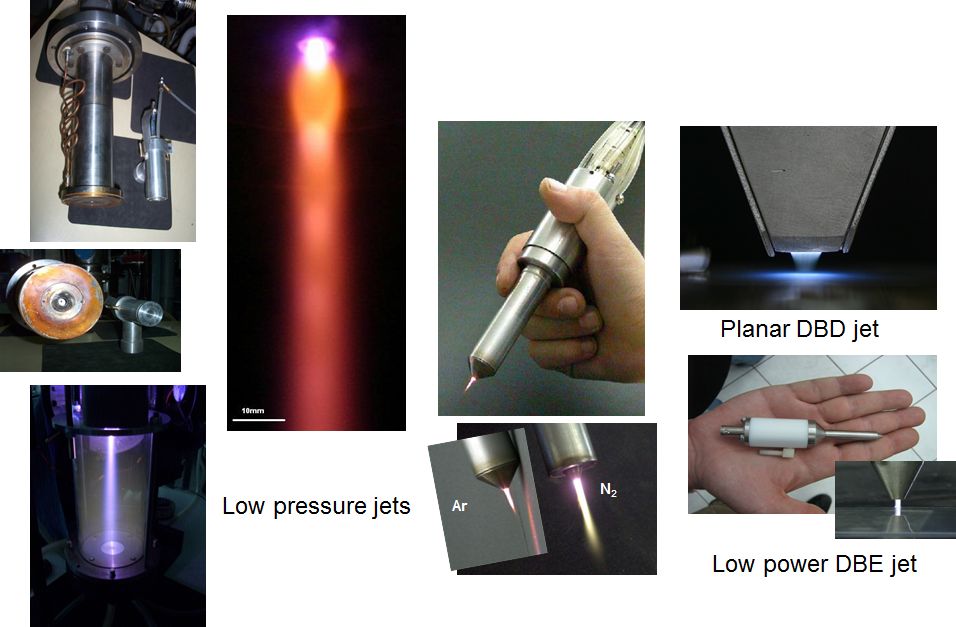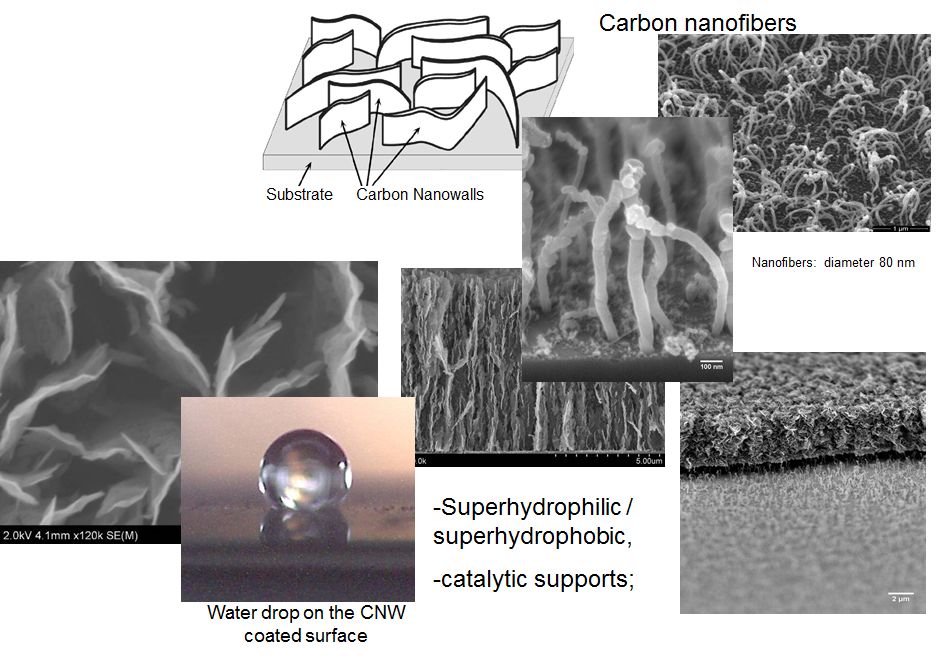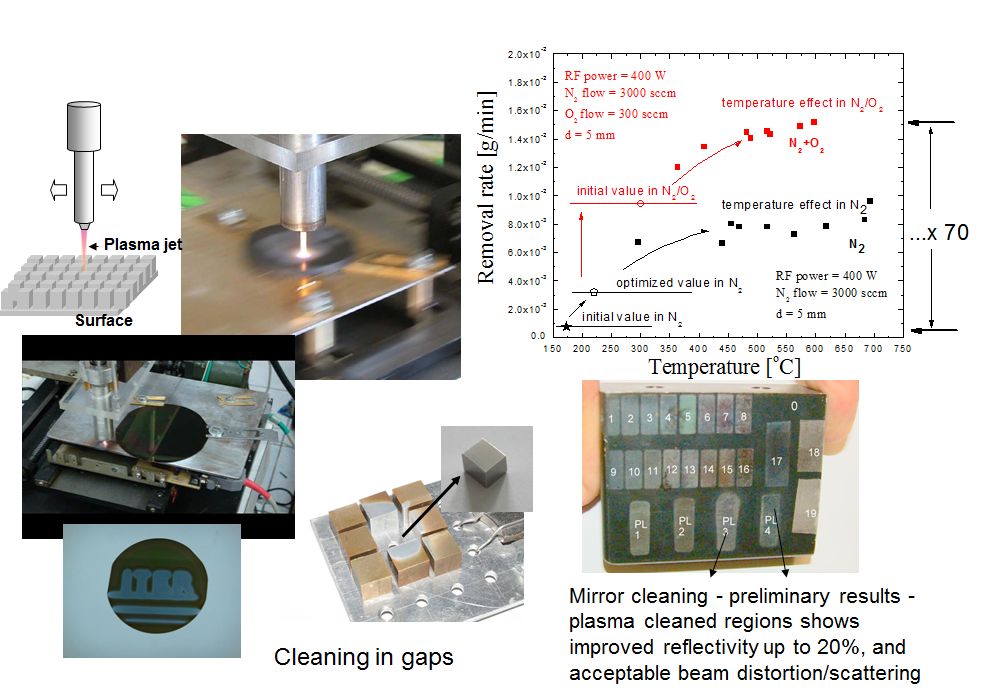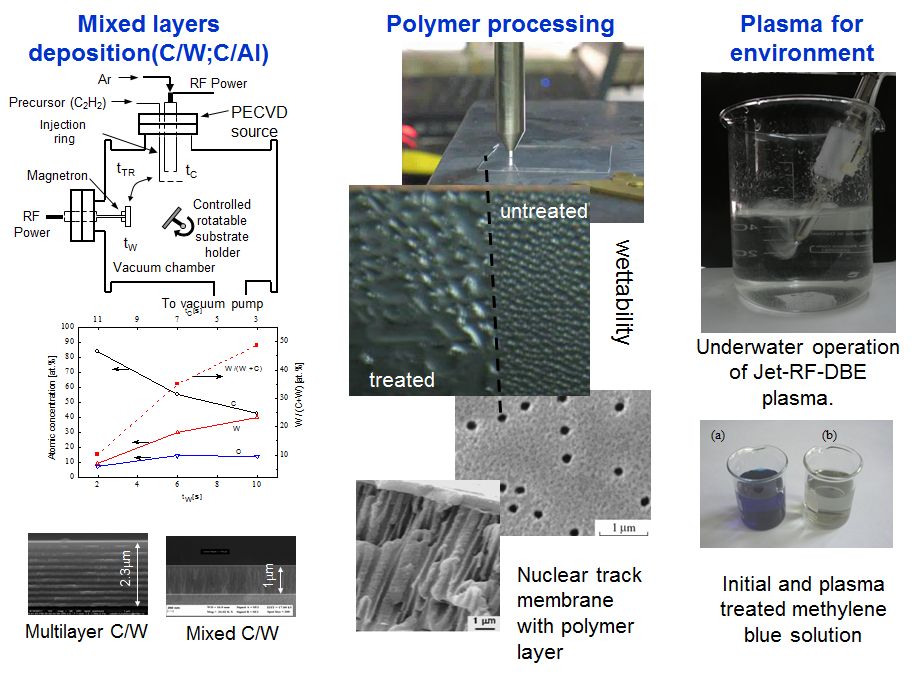|
* 17th International Conference on Plasma Physics and Applications (CPPA 2017)
Magurele, Bucharest, ROMANIA, June 15-20, 2017 |
|
* Premiul Academiei Romane "DRAGOMIR HURMUZESCU" acordat lui Gheorghe Dinescu, Sorin Ionuţ Vizireanu, Bogdana-Maria Mitu pentru grupul de lucrări: Contribuţii la sinteza şi caracterizarea structurilor grafenice tip pereţi nanometrici de carbon
|
* International Student Workshop on Laser Applications (ISWLA 2011)
Bran, Romania, May 31 - June 4, 2011 |
* XXX International Conference on Phenomena in Ionized Gases (ICPIG 2011)
Belfast, Northern Ireland, August 28 – September 2, 2011 |
* 17th International Summer School on Vacuum, Electron and Ion Technologies (VEIT 2011)
Sunny Beach, Bulgaria, 19 - 23 September, 2011
|
| |
SEMINARS |
* Tuesday March 18th 2014, Dr. Daniela Ionita, Obtinerea suprafetelor nanostructurate folosind litografia coloidala
si corodarea in plasma de presiune atmosferica
|
| * Tuesday March 25th 2014, Dr. Maximilian Teodorescu, Mono-filamentul |
| * Tuesday February 11th 2014, Dr. Daniel Stoica, Influenta parametrilor experimentali asupra morfologiei peretilor nanometrici de carbon |
| * Tuesday January 28th 2014, Dr. Tomy Acsente |
| * Tuesday January 14th 2014, Dr. Andrada Lazea-Stoyanov, Metallic particle synthesis by RF plasma jet |
|  |
|
Dynamic of the research subjects and directions and the most important achievements are the following:
1. Development of plasma sources
Innovative types of atmospheric pressure, cold (nonthermal) plasma jet sources operating in various gases for applications in nanotechnology, biomedicine, environment, fusion technology.
Low pressure discharges and equipaments:
2. Plasma synthesis of nanomaterials, process development characterization
Processes and equipaments suitable for syntesis of:
- Carbon nanowalls (CNW)
- Carbon nanofibers
- Core-shell metal nanoparticles coated with graphite layers
- Nano and microparticles
- Composite materials (metal particles in carbon matrix, metal particles in polymer layers)
3. Plasma Processing: Materials and Fusion Technology
In the field of surface modification, we have proved that the atmospheric pressure plasma sources developed for functioning at low RF powers, both in DBE and DBD discharge configurations, are capable of increasing wettability (contact angle measurements) of polymeric materials (2 ISI papers), including the case of Teflon, and may promote the cell adhesion on the treated surfaces (Partnership, Ideas contracts, 1 PhD thesis defended, 1 PhD thesis in course).
- Polymer modification for wettability control
- Deposition of thin polymeric films
- Thin films and multilayers by Magnetron Sputtering, PECVD and combined MS-PECVD
- Cleaning of surfaces at atmospheric pressure
- Plasma in liquids
4. Processes in plasmas and their diagnostics
For the development of plasma sources and configurations, as well as for the understanding of the processes responsible for the material synthesis or surface modification, plasma diagnostics was essential. Such as, the operation of RF plasma jets in DBE configuration has been investigated by imagistic, optical emission spectroscopy and electrical measurements. Similar measurements have been implemented for DBD RF plasmas, which, in conjunction with simulation of OES spectra (collaboration with University of Bucharest, Physics Faculty) provided valuable information regarding the operation regimes.
A complete diagnostics of the low pressure expanding RF plasma generated in argon and injected with acetylene and hydrogen during carbon nanowalls synthesis has been performed. The results, correlated to those devoted to material characterization, pointed out toward the existence of an optimal distance from the injection point, in which the maximum of high mass ionic species densities were determined, but still enough hydrogen is present.
In the topic related to plasma polymerization, mass spectrometry and OES allowed the determination of main species present in plasma and the existence of polymerization reaction in plasma volume, which lead to formation of large mass oligomers.
Important achievements were obtained regarding the OES monitoring of the sequential process of metal-carbon nanocomposites synthesis, which offered information on the process stability and reproducibility during deposition of mixed layers with controlled ratio of metal to carbon.
- Optical Emission Spectroscopy
- Mass Spectrometry
- Langmuir Probe measurements
- Imaging
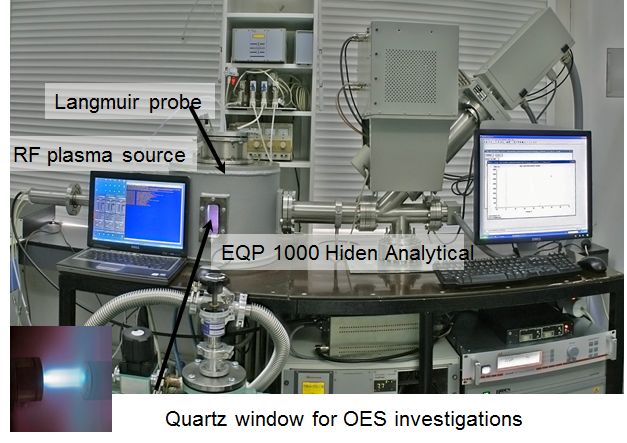 |
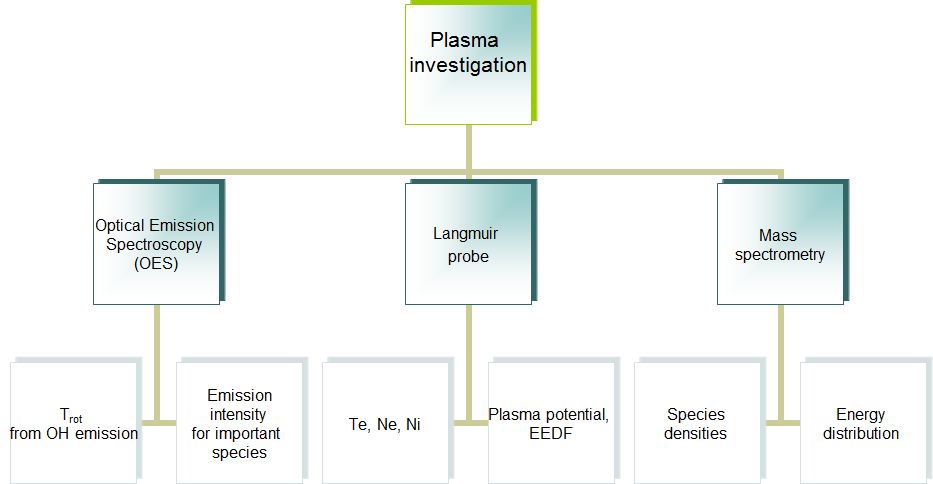 B. Mitu,
XVth CPPA, Iasi, Romania, July 2010
B. Mitu,
XVth CPPA, Iasi, Romania, July 2010 |
|
|
|
|
|

